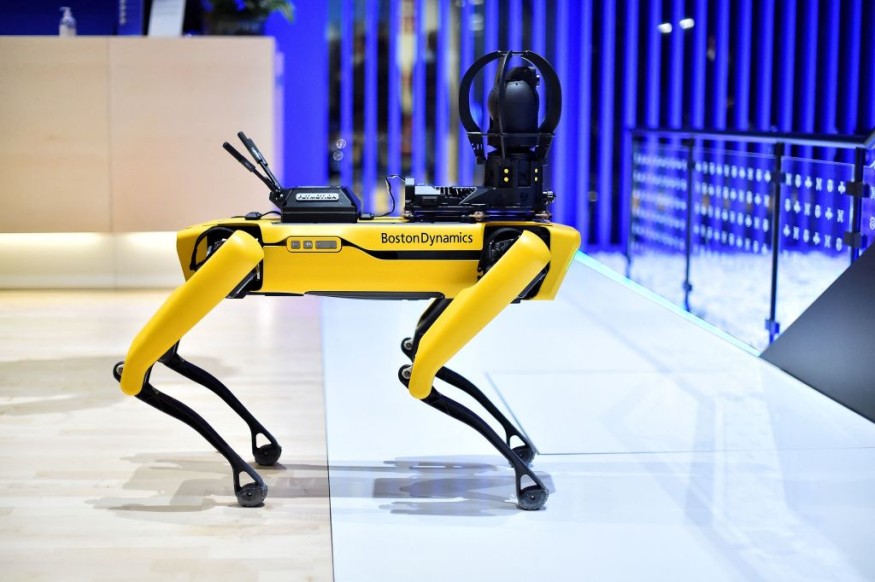Researchers from the University of California, Berkeley, and the School of Computer Science at Carnegie Mellon University developed a four-legged robot that can climb and descend steps nearly to its height.
Also capable of navigating rugged, uneven, slippery, and steep terrain is this four-legged robot. Additionally, it can easily work in the dark and navigate across gaps.
A professor from the Robotics Institute named Deepak Pathak stated in a ScienceDaily report that enabling tiny robots to climb stairs and manage a range of settings is vital to developing robots that will be helpful in people's homes and search-and-rescue missions.

Four-Legged Robot's Test
Experts tested the robot on uneven steps and slick surfaces in public parks, where it had to navigate stepping stones. This robot depends on eyesight and a built-in small computer to work as efficiently as possible.
According to TechXplore, experts also used a simulator to train 4,000 robot clones to navigate obstacles while walking and climbing. The robot acquired six years' worth of expertise in a single day because of how quickly the simulator worked.
Scientists taught the real robot to learn motor abilities in a neural network. Then this training was transferred to it, allowing it to become proficient quickly.
Most robotic systems use cameras to map their surroundings before moving. This procedure needs to be corrected in addition to being slow. This level of detailed mapping and planning is not necessary for abilities like walking and navigating difficult terrain.
The movement of this four-legged robot is determined by what it observes; the researchers haven't specified how the legs should be moved.
This allows the robot to move considerably more quickly and effectively. The robot is a low-cost solution, around 25 times less expensive than alternatives, according to the scientists, because it relies on machine learning rather than mapping.
Biological Basis
Both humans and animals move by using their eyesight. To balance or run when your eyes are closed, try it. According to a statement, the team's prior study had demonstrated that blind robots, or robots without cameras, can traverse difficult terrain, but adding vision and depending on that vision significantly improves the system.
The group also looked to nature for additional components of the system. A little robot, less than a foot tall in this example, had to learn to mimic the human step-over motion to climb stairs or other objects that were approximately its height. A person utilizes their hips to pull their leg out to the side, known as abduction and adduction, to give themselves greater space when it has to raise their leg high to negotiate a ledge or hurdle. Similarly, the robot system created by Pathak's team overcomes barriers by employing hip abduction, which trips up some of the most sophisticated-legged robotic systems now available.
The crew was also motivated by how four-legged creatures could manipulate their rear legs. When a cat goes through a barrier, its back legs do it without the assistance of a set of neighboring eyes, avoiding the same objects as its front legs.
Legged robots now face several difficulties that might be resolved by the research, allowing for their introduction into households. Pathak, Berkeley professor Jitendra Malik, Agarwal, and Kumar will present their work, "Legged Locomotion in Challenging Terrains Using Egocentric Vision," at the forthcoming Conference on Robot Learning in Auckland, New Zealand.
RELATED ARTICLE : Robot Dog Roams Around in China to Share COVID-19 Safety Measures As Coronavirus Cases in Shanghai Rise
Check out more news and information on Technology in Science Times.
© 2025 ScienceTimes.com All rights reserved. Do not reproduce without permission. The window to the world of Science Times.











